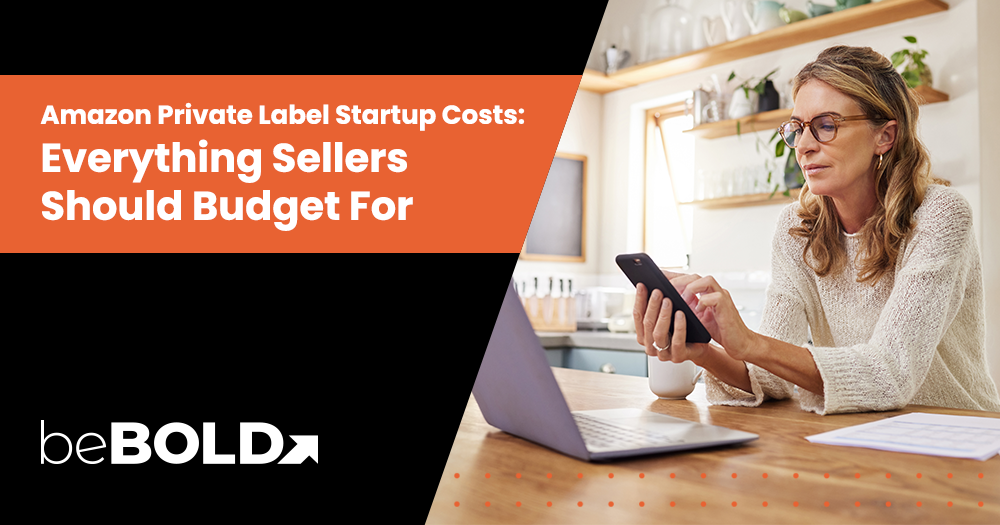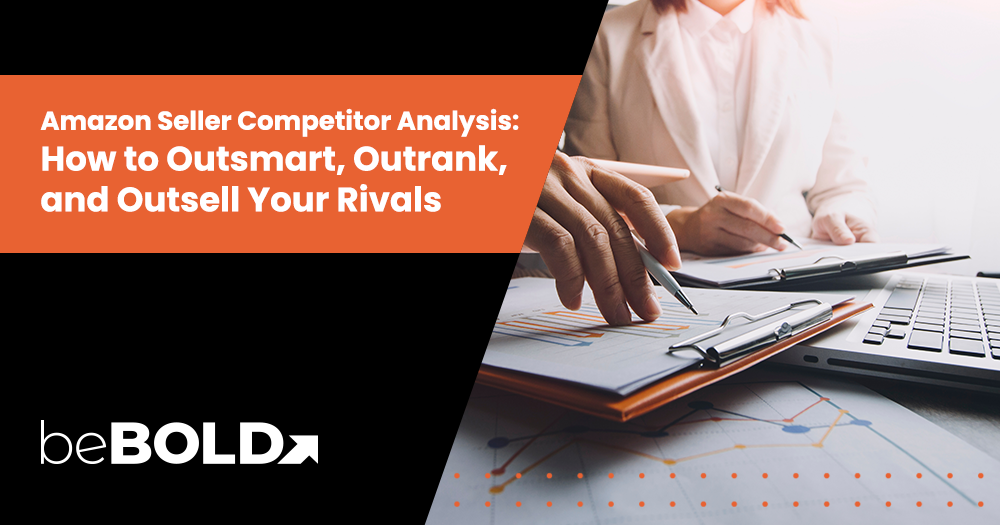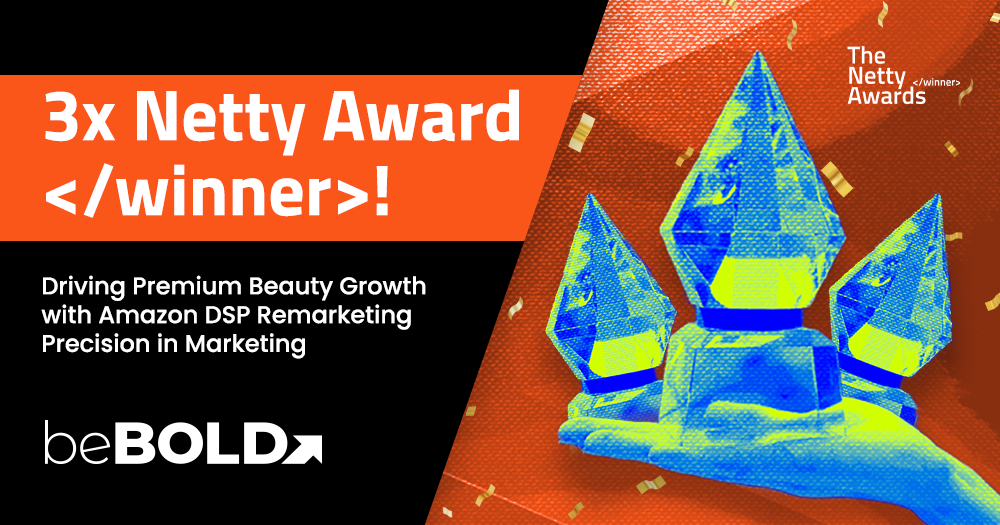Key Summary
- The average Amazon private label cost ranges between $3,000 and $10,000, depending on your niche and launch strategy. 💰
- Sellers should budget for labeling, packaging, advertising, and storage to avoid hidden surprises. 📦
- Using Amazon’s FBA Label Service incurs a small Amazon labeling fee of $0.55 per unit but saves time and ensures compliance. 🏷️
- Essential investments like branding, photography, and PPC ads are crucial for building trust and visibility. 📸
- Optional and hidden fees, such as long-term storage or refund processing, can impact your profit margins if unchecked. ⚠️
- Sellers who actively monitor costs, negotiate with suppliers, and optimize packaging can boost margins significantly. 📊

Starting a private label business on Amazon is one of the most lucrative yet capital-dependent ventures in eCommerce. While some sellers launch with a few thousand dollars, most find that a realistic Amazon private label cost ranges between $3,000 and $10,000 to properly set up, brand, and advertise their first product.
In this article, we’ll break down the mandatory, essential and optional costs, as well as any hidden charges that you will need to pay for your private label.
Amazon Private Label Expense Breakdown
Building a successful private label brand means more than finding a trending product. You’ll need to budget carefully for the fixed and variable costs that come with Amazon FBA — from registration to logistics and promotion.
What Are Private Label Mandatory Costs?
These are non-negotiable if you plan to start and maintain an Amazon private label business. These expenses represent the backbone of your operations: everything from compliance to logistics and quality assurance depends on them. Each of these categories ensures that your business is prepared to sell effectively, meet Amazon’s standards, and maintain stock consistency throughout your launch and early growth phase.
|
Item |
Estimated Cost (USD) |
Purpose |
|
Amazon Professional Seller Account |
$39.99/month |
Gives you access to advanced analytics, advertising tools, and allows for unlimited listings beyond 40 units per month. |
|
Product Research Tools |
$30 – $100/month |
These tools provide data-driven insights into product trends, competition levels, and potential profitability, helping you select the right niche. |
|
Samples & Product Testing |
$50 – $150 |
Allows you to evaluate product quality, confirm specifications, and test packaging before placing a bulk order. |
|
Initial Inventory (MOQ 200–500 units) |
$1,000 – $3,000 |
Covers the cost of manufacturing your first batch, along with initial packaging and labeling to prepare for launch. |
|
Shipping & Customs |
$300 – $1,000 |
Includes freight forwarding, import duties, and other logistics fees associated with delivering goods to Amazon fulfillment centers. |
|
Amazon Labeling Fee (FBA Label Service) |
$0.55/unit |
Amazon will apply scannable barcodes (FNSKUs) to your inventory, ensuring compliance and faster inbound processing. |
These mandatory costs are unavoidable for sellers aiming for a smooth product launch. Investing properly at this stage minimizes risk, ensures compliance with FBA requirements, and positions your business for faster scalability.
Pro beBOLD Digital Tip: Always include labeling in your product prep plan. Using Amazon’s labeling service saves time and prevents inbound errors that can delay your product launch.
What Are Amazon Private Label Essential Costs?
Once your basics are in place, essential costs elevate your product’s quality, visibility, and brand perception. These are the investments that take your business from being just another listing to a memorable brand that customers recognize and trust. Without focusing on these, even a great product can get lost in Amazon’s crowded marketplace.
|
Item |
Estimated Cost (USD) |
Purpose |
|
Logo & Packaging Design |
$100 – $400 |
A strong logo and well-designed packaging communicate professionalism and set your product apart. Custom packaging also creates a better unboxing experience and supports brand recall. |
|
Photography & Listing Optimization |
$200 – $500 |
Professional photos build trust instantly, and optimized listings ensure you rank higher in search results. Consider using lifestyle images and infographics to highlight features and benefits. |
|
Amazon PPC Campaigns |
$300 – $800 |
Advertising helps your listings gain traction during the launch phase. PPC campaigns boost visibility, generate early reviews, and drive organic ranking once performance improves. |
|
Inspection / Quality Control |
$150 – $300 |
Quality inspections prevent costly returns and protect your brand reputation. Having an inspector check random samples ensures consistency in every shipment. |
|
Professional Copywriting |
$100 – $200 |
High-quality copy transforms technical specs into persuasive benefits. SEO-rich product titles and bullet points improve click-through rates and conversions. |
Beyond aesthetics, these costs directly influence conversion rates, customer trust, and repeat purchases. Strong branding and presentation bridge the gap between price and perceived value, enabling you to charge more confidently while improving your ROI.
Pro beBOLD Digital Tip: Treat your visuals and copy as your virtual sales team. Every image, headline, and bullet point should answer a customer need and reflect your brand personality. Investing here leads to higher conversions and stronger long-term loyalty.
What Are Amazon Private Label Optional Costs?
These aren’t required at launch but can strengthen your business for long-term stability and scalability. They’re the smart, strategic moves that transform your Amazon side hustle into a brand capable of competing with established names. Investing in these options early often pays off later through better brand protection, customer trust, and operational efficiency.
|
Item |
Estimated Cost (USD) |
Purpose |
|
Trademark Registration |
$275 – $1,000 |
Protects your brand and unlocks Amazon Brand Registry, enabling A+ Content and storefront customization that boost credibility and conversion. |
|
Third-Party Tools |
$50 – $200/month |
Includes inventory forecasting, profit analytics, and automated review tools that streamline day-to-day operations. These can save hours and prevent costly stockouts. |
|
Influencer Marketing / Off-Amazon Ads |
$250 – $500 |
Helps diversify your traffic sources by leveraging micro-influencers or social ads to drive brand recognition and repeat sales. |
|
Business Licenses or EIN |
$100 – $300 |
Ensures compliance and adds professionalism when working with suppliers or scaling internationally. Optional for individuals but essential for long-term credibility. |
Optional investments often differentiate hobby sellers from true brand owners. By taking advantage of these, you establish legal protection, maintain a professional image, and prepare your business for scaling across multiple markets.
Pro beBOLD Digital Tip: Prioritize Brand Registry early if you plan to scale. It unlocks advanced branding tools like A+ content, brand storefronts, and video listings while safeguarding your business against listing hijackers and counterfeiters.
What Are Amazon Private Label Hidden Costs?
Many new sellers underestimate hidden expenses that can quietly eat into profits. These charges are often small individually but accumulate over time, reducing your overall margin if not monitored closely. They vary month to month, influenced by your sales volume, inventory age, and storage space usage, but understanding them early will keep your financial planning accurate and sustainable.
|
Fee Type |
Description |
Typical Range (USD) |
|
FBA Storage Fee |
Monthly warehouse storage cost based on space used and seasonality |
$0.75 – $2.40 per cubic foot; higher during Q4 |
|
Refund Administration Fee |
Deducted when Amazon processes customer refunds and retains part of the referral fee |
Up to 20% of refunded amount |
|
Aged Inventory Fee |
Charged on stock stored for 181+ days to encourage faster sell-through |
$6.90/cubic foot or more |
|
Return Processing Fee |
Applies when a customer returns a product and Amazon inspects, repackages, or disposes of it |
$2 – $6 per unit |
Hidden costs can sneak up on even experienced sellers. For example, slow-moving inventory can double your storage charges or trigger long-term fees, and frequent returns can quickly erode your profit margin. Keeping a close eye on your FBA transaction reports allows you to spot irregularities or overcharges, which is key to sustaining profitability.
Pro beBOLD Digital Tip: Schedule a monthly expense audit. Download detailed FBA fee reports, categorize every fee type, and reconcile them against your expected margins. Awareness and early action can save you thousands over the course of a year.
Pricing & Margin Strategy for Your Amazon Private Label
Smart pricing is where profit truly lives. To ensure your business remains sustainable, focus on keeping a 30 to 40% net margin after Amazon fees, production, and advertising costs. The right pricing strategy doesn’t just secure profit—it defines your competitiveness, affects visibility, and signals value to customers. Successful sellers strike a balance between profitability and perceived value.
Key Pricing Strategies
- Understand Your Profit Margin: Know your true costs — manufacturing, labeling, PPC, and shipping. Use detailed spreadsheets or profit calculators to see exactly how each fee affects your margins.
- Identify Minimum and Maximum Price: Establish a minimum price to cover your costs and a maximum to match market expectations. This flexibility allows room for discounts and ad costs without compromising profitability.
- Calculate Your Fees: Include referral fees (8–15%), FBA storage and fulfillment, packaging, and labeling in every SKU’s cost. Accurately calculating fees ensures your pricing covers both variable and fixed costs.
- Price Competitively: Research your top competitors and their pricing strategies. Align with or slightly exceed them if your product quality and presentation justify it. Competitive pricing helps maintain ranking and steady sales flow.
- Monitor Competitor Price: Use automated repricing software or manual tracking weekly to adjust for market fluctuations. Being proactive keeps your listing relevant during sales spikes or seasonal promotions.
- Differentiate Your Product: Consider bundling items, improving packaging, or offering exclusive features that warrant a higher selling price. Differentiation enables you to maintain healthy margins while competitors compete on price.
- Provide Discounts Strategically: Use coupons, limited-time deals, and Lightning Deals to boost early momentum or move aging inventory. Smart discounting increases visibility and can improve organic rank when executed during high-traffic periods.
- Maintaining the right price isn’t about being the cheapest—it’s about positioning your brand as valuable and trustworthy. Track your profit margins monthly to ensure each product remains viable as ad costs and Amazon fees change.
- Pro beBOLD Digital Tip: Don’t race to the bottom on price. Focus on perceived value, shoppers will pay more for better visuals, thoughtful packaging, and excellent reviews. Combine value-driven pricing with consistent brand presentation to build loyalty and sustainable profitability.
How to Reduce Your Costs and Fees on Amazon
- Profit optimization is just as important as revenue growth, especially for private label sellers where small adjustments can dramatically affect overall profitability. These strategies are not about cutting corners but about streamlining processes and creating efficiency across your operations. Below are expanded insights into practical ways to reduce your Amazon private label cost and maximize your ROI:
- Optimize Packaging & Product Size: Redesign your packaging to eliminate wasted space and lower your dimensional weight. Even a one-inch reduction in size can save hundreds in FBA and shipping fees over time. Using lightweight, eco-friendly materials also enhances brand appeal and reduces fulfillment expenses.
- Improve Inventory Management: Track your sell-through rate and set reorder alerts to avoid both overstocking and stockouts. Overstocked items accumulate long-term storage fees, while running out of stock hurts organic ranking. A clear forecast model ensures smoother cash flow and inventory turnover.
- Audit Fees & Check for Billing Errors: Regularly download and analyze your FBA fee reports. Amazon sometimes miscalculates dimensions or applies storage charges inaccurately. Correcting these errors quickly can recover lost profit and improve your operational awareness.
- Enroll in Cost-Saving Programs: Programs like Amazon Small & Light, FBA Subscribe & Save, and Multi-Channel Fulfillment offer discounts on shipping or handling fees. Take advantage of these features if your products qualify—they can reduce fulfillment costs by 10–20%.
- Strategic Bundling or Variations: Bundle complementary products to increase the perceived value while lowering per-unit fulfillment fees. For example, packaging two smaller items together can save on pick-and-pack charges and improve your average order value.
- Negotiate with Suppliers: As your order volume grows, renegotiate unit costs and payment terms. Lowering your cost of goods sold (COGS) directly boosts margins and allows you to reinvest more into advertising or scaling.
- Automate Routine Tasks: Use inventory and profit tracking tools to reduce manual errors and time spent on analysis. Automation improves accuracy and gives you the data visibility needed to make timely decisions that drive profitability.
- Pro beBOLD Digital Tip: Continuously measure your true cost per sale, including PPC, storage, and refunds. Tools like Sellerboard or SoStocked let you visualize profit margins in real time, helping you make smarter restocking and pricing decisions for sustained growth.
Build Your Amazon Private Label Brand With beBOLD Digital
Building an Amazon private label brand takes planning, capital, and persistence. While your upfront Amazon private label cost can range from $3,000 to $10,000, that investment buys long-term ownership, brand control, and scalability. From managing your first shipment to understanding every Amazon labeling fee, success comes down to strategy — not shortcuts. Stay disciplined, track your expenses, and reinvest profits into better marketing and product development.
If you want to optimize your spending, improve PPC, and create data-driven branding strategies that maximize long-term ROI, book a call with beBOLD Digital today. Let’s build your next best-selling brand on Amazon.
Frequently Asked Questions
Do you need an LLC for Amazon private label?
No, you don’t need an LLC to start selling private label products on Amazon. Many sellers begin as sole proprietors, but an LLC offers liability protection and tax advantages as your business grows.
Do I need an EIN to sell on Amazon?
An EIN isn’t required if you sell as an individual using your SSN or ITIN. However, you’ll need one if you form an LLC, corporation, or plan to hire employees.
How much is the Amazon seller fee?
The Professional Seller plan costs $39.99/month, while the Individual plan charges $0.99 per item sold. Amazon also takes a referral fee of about 8–15% per sale, plus fulfillment or storage fees if you use FBA.
Can I sell on Amazon without a registered business?
Yes, you can sell as an individual without registering a business entity. Still, you’re responsible for taxes and compliance, and many sellers later register a business for easier scaling and protection.
What kind of license do I need to sell on Amazon?
Most categories don’t require a special license, but some products like food, cosmetics, or medical items may need certifications or permits. Local business licenses or tax registrations may also apply depending on your location.









Comments